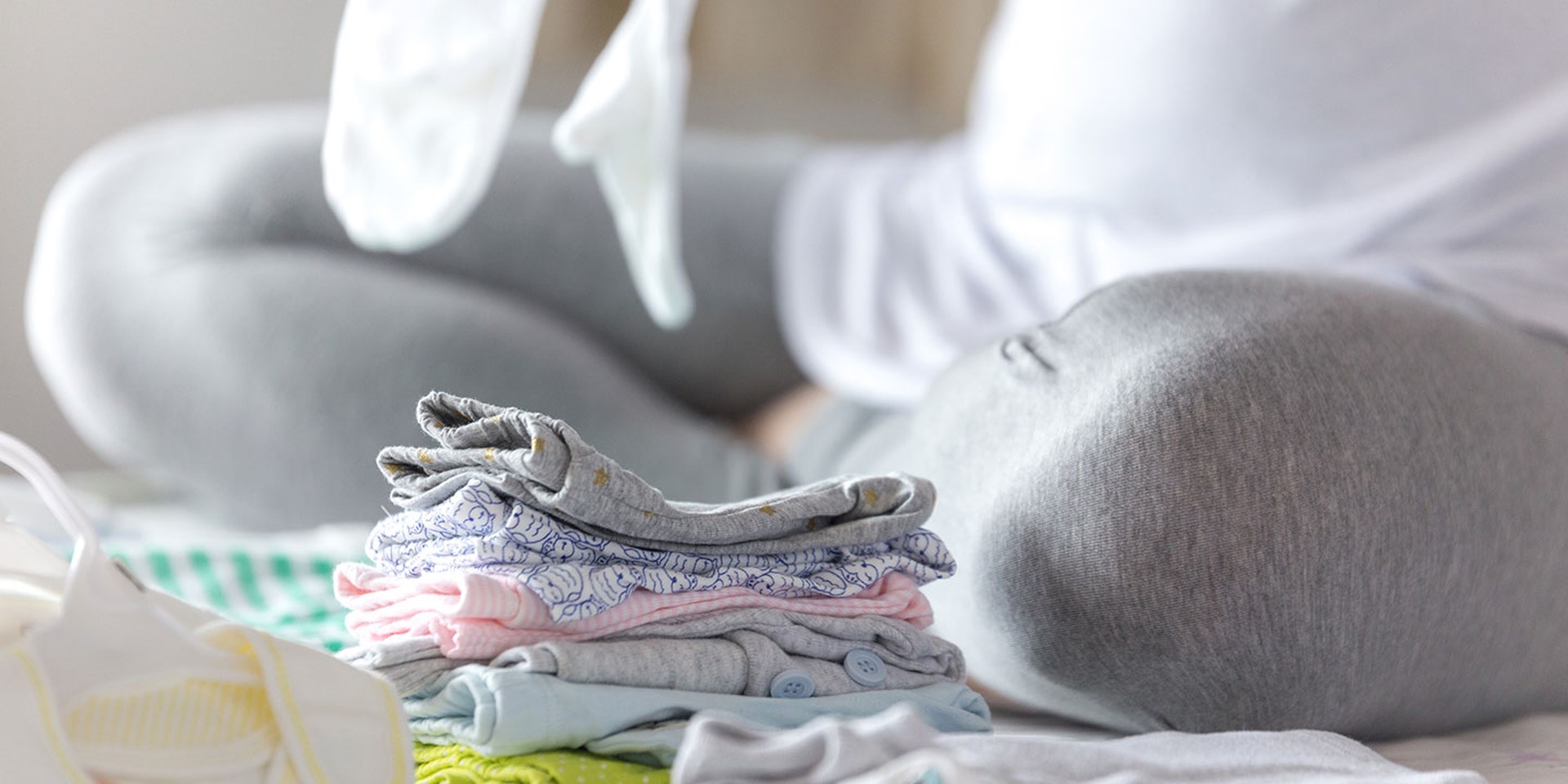Pregnancy and maternity: your leg health is essential
Pregnancy is a very special time for you. It changes your body in many ways to support the growth of your baby, but also puts pressure on your legs. Therefore, it is important to have the correct support for your legs to keep them fit and healthy during pregnancy. This can be achieved through medical compression which is beneficial for your health during pregnancy.

Pregnancy: protect your legs!
Pregnancy will change your life completely. Your body may have already started to change. Early hormonal changes lead to hot flushes, nausea, changes in mood and appetite…
…but did you know that these body changes also affect your blood circulation?
Under the hormonal influence of pregnancy, your blood will clot faster, and the veins will dilate. This can impede proper venous return of the blood and increase the risk of vein damage such as development of varicose veins. Also, blood clots may form in your leg veins.
Your body will undergo substantial changes with every trimester to accommodate your growing baby. The blood volume increases and the growing uterus applies direct pressure on your veins. This can press on and partially block some of your veins and directly affect your venous system.
Here are some tips for your leg health during pregnancy.
Heavy legs, leg pain, swelling, and varicose veins: Why do these symptoms increase during pregnancy?
During your pregnancy, you may experience leg symptoms such as heavy, tired, aching legs and swollen feet. 6 in 10 women discover their first varicose vein during pregnancy; varicose veins often appear around the fourth month.
The appearance of venous leg symptoms is caused by the increased blood volume necessary to help your baby grow. The growing uterus can press on and partially block some of your veins. And since pregnancy hormones have dilated your veins, blood return to your heart has been complicated as well.
Factors that may increase the risk of developing venous disorders during pregnancy
- Smoking
- Hereditary predisposition
- Pre-existing venous conditions
- Multiple pregnancies
- Prolonged sitting or standing
By wearing medical compression, you can effectively do something for your leg health
Medical compression is the standard for prevention of venous insufficiency; wearing compression is recommended for the entire pregnancy. Medical compression promotes blood circulation and alleviates the discomfort in the legs. Your legs will feel lighter, more energised, and less swollen.
Wearing compression stockings will also help to prevent the development of varicose veins. Varicose veins are aesthetically unpleasing, but they can also be associated with symptoms, such as pain, itching, burning, or cramps.
Venous insufficiency associated with pregnancy does not immediately disappear after giving birth. Thus, it is advised to wear medical compression also for at least six weeks after your baby is born.
- Remember, moving legs are healthier legs. Avoid standing or sitting for long periods at a time.
- Stay active. Frequent moderate physical exercise (examples: walking, swimming, hiking) is important to maintain healthy legs and an overall healthy lifestyle.
- Wear medical compression hosiery to help promote blood circulation. See our maternity product line.
- At night or when resting during the day, lie comfortably with your legs slightly elevated.
- Avoid extended exposure to heat from sunbathing, hot baths, or the sauna as excessive heat will cause your veins to dilate and may induce swelling.
Did you know....?
Medical compression also helps against morning sickness. Research has shown that compression wear during early pregnancy can alleviate nausea and vomiting as much as pharmaceutical medication.
The risk for thrombosis is increased by a factor of 3 to 5 in pregnancy and by 60 in the six weeks that follow.
Several reasons contribute to the increased thrombosis risk:
- The composition of the blood: To prevent uncontrollable blood loss during birth or in the event of a miscarriage, the blood coagulates faster. This, on the other hand, can lead to the formation of a blood clot in your veins, in their damaging, and to a deep vein thrombosis (DVT). This is a serious situation that needs immediate intervention. If the blood clot is detached and travels to the lungs, this could lead to pulmonary embolism, a potentially fatal event. Even if this case is very rare, it represents the second leading cause of maternal mortality after hemorrhage .
- Increased pressure inside the leg veins: The growing child is pressing against the pelvic vessels, restricting the flow of blood back to the heart.
- Blood flow back to the heart is aggravated by the increased amount of blood and the dilation of the veins during pregnancy.
Wearing compression during pregnancy and after birth can help you to prevent the development of venous insufficiency and deep vein thrombosis.
Be nice to your legs: wear compression stockings during pregnancy
Your doctor may already have recommended or prescribed medical compression, the standard treatment to prevent DVT and to treat venous insufficiency. Medical compression also provides relief from heavy legs and leg swelling.
A simple – and drug-free – solution suitable for most body shapes.
Healthy and happy during pregnancy – and beyond
When it comes to taking care of your legs during your pregnancy, you can rely on medical compression. From the very first use, you should feel a beneficial effect.
Therefore, compression stockings are advisable from the beginning of pregnancy until the end of the high-risk period of up to six weeks after having given birth.
Energetic, healthy legs allow you to fully enjoy spending time with your baby. Medical compression also keeps your legs healthy after pregnancy. It helps energise your legs and gives them a feeling of lightness and freedom throughout the day.